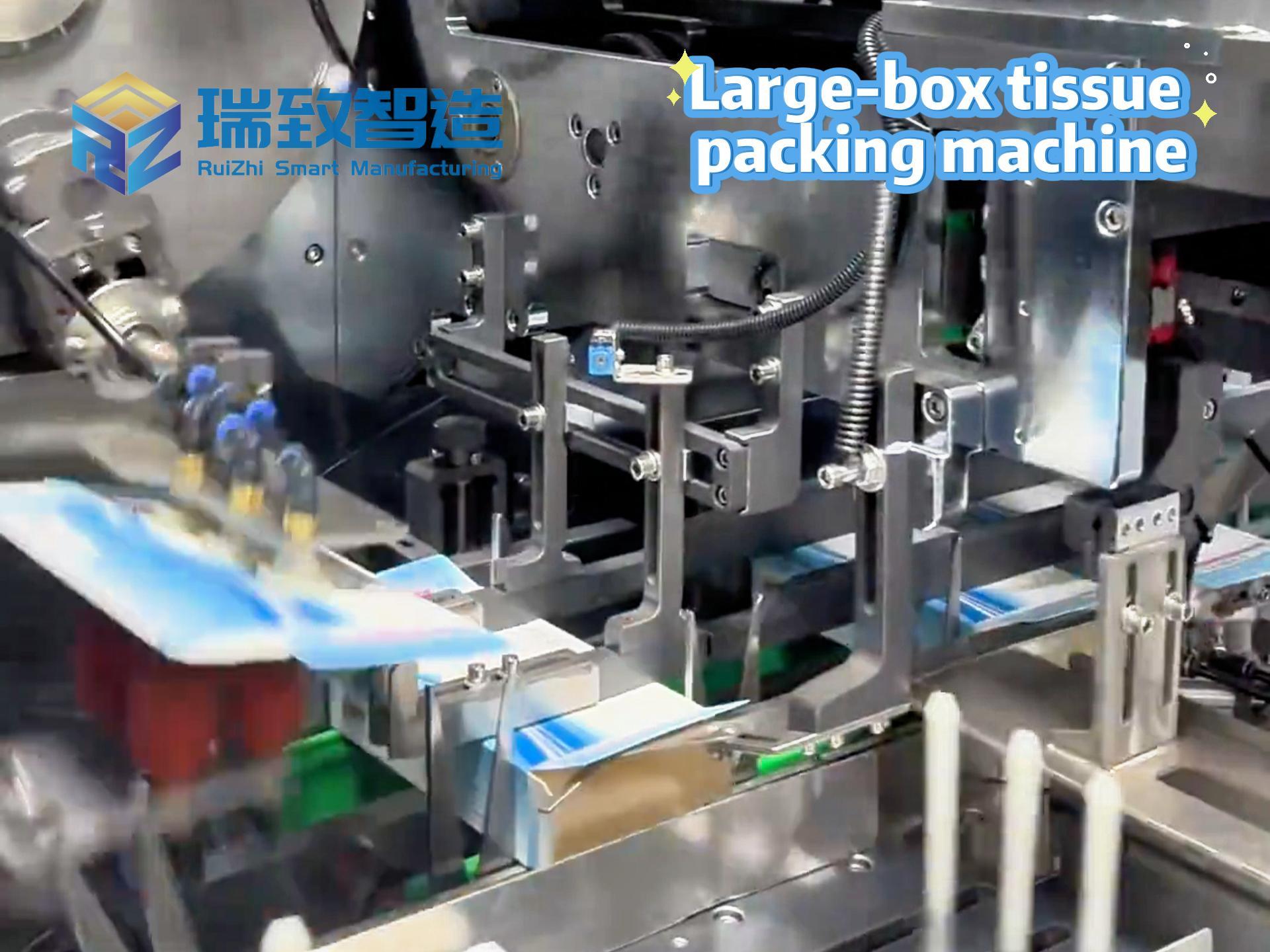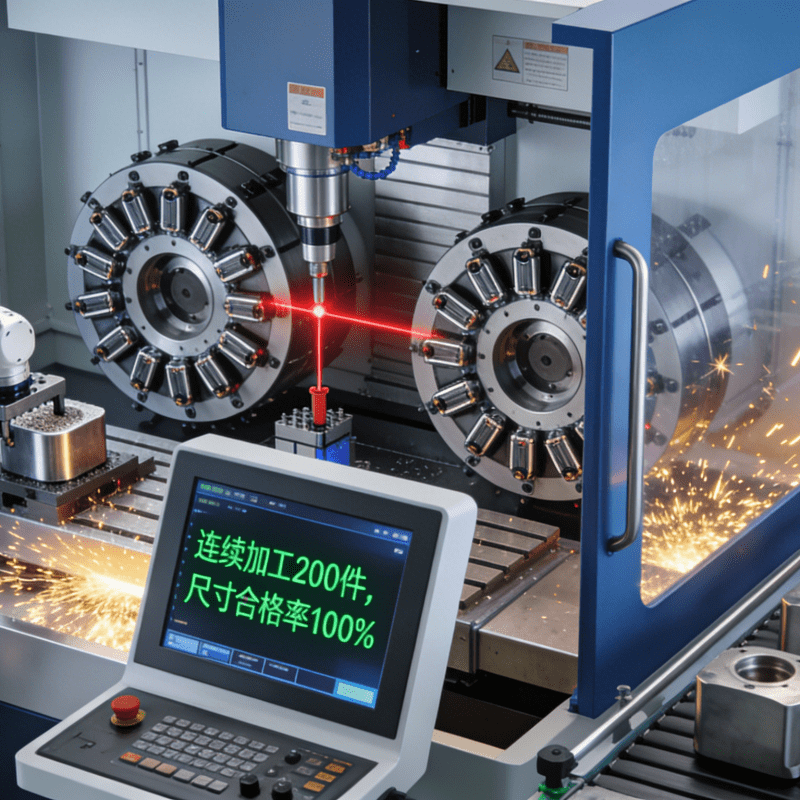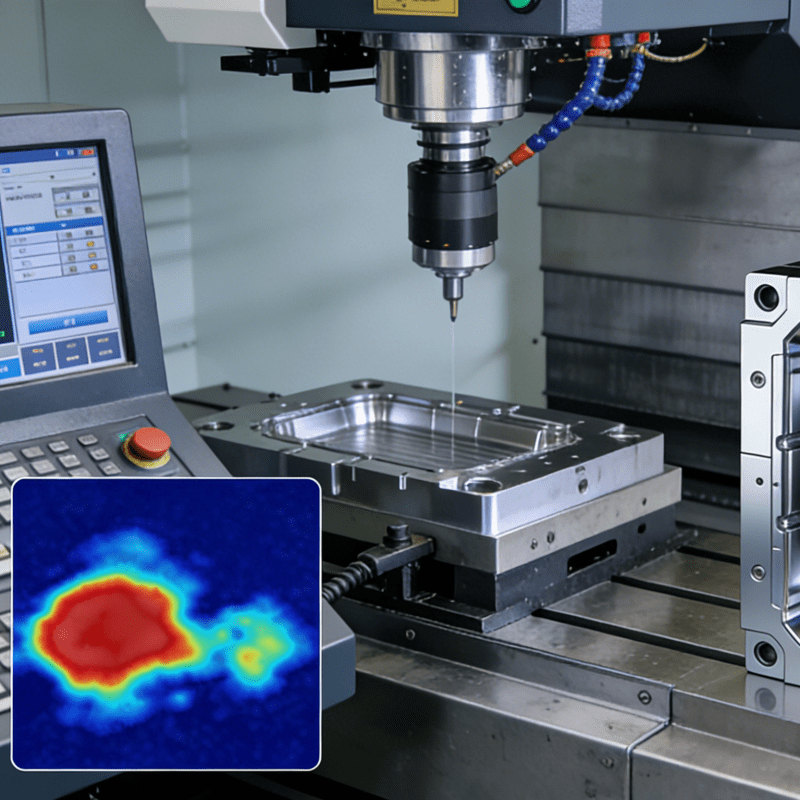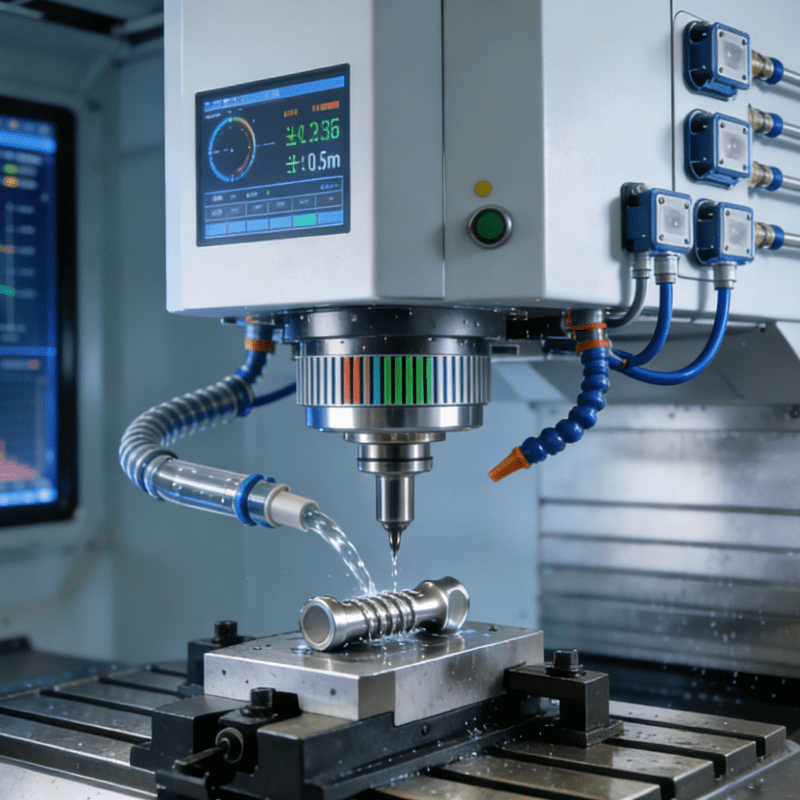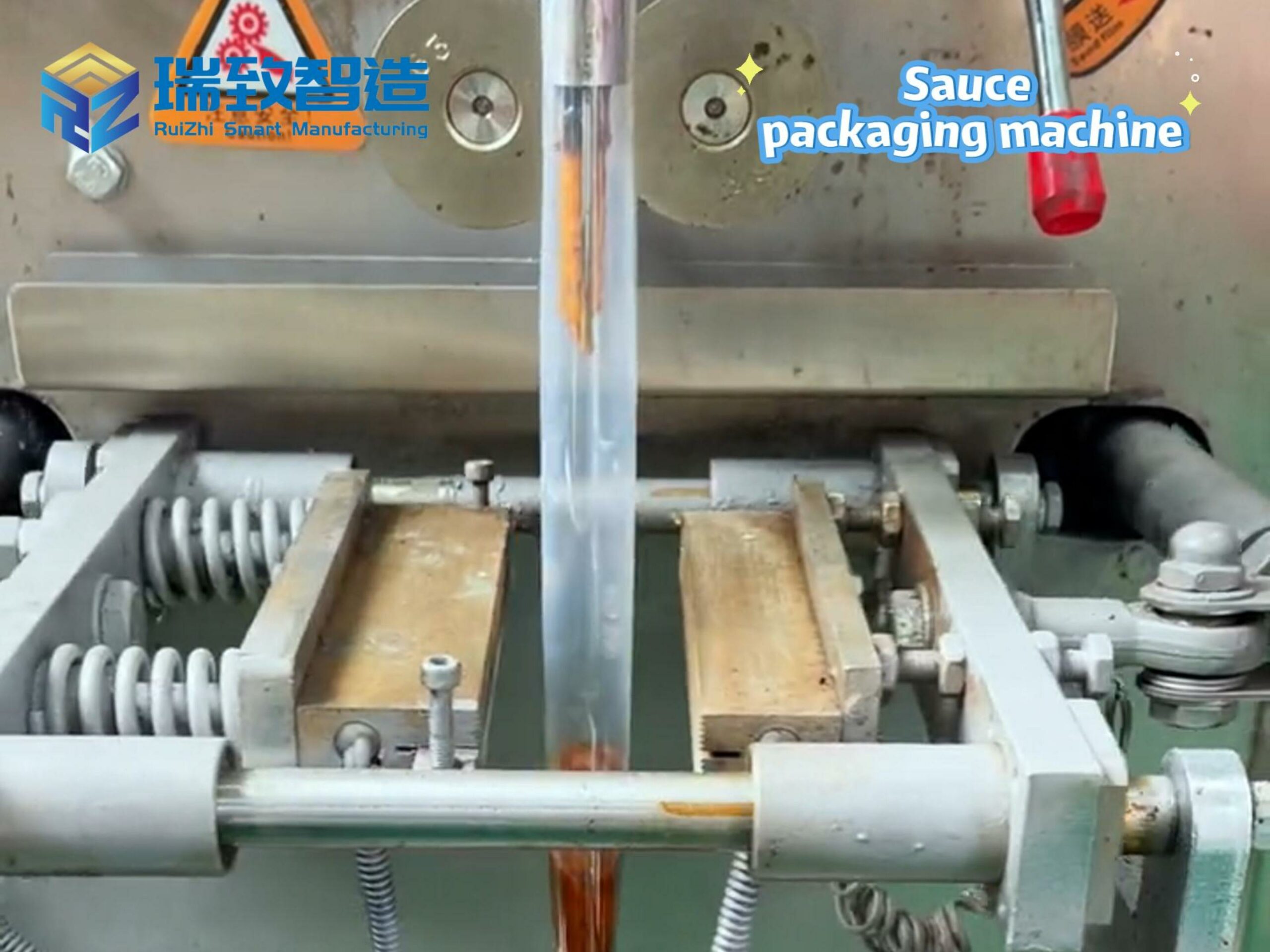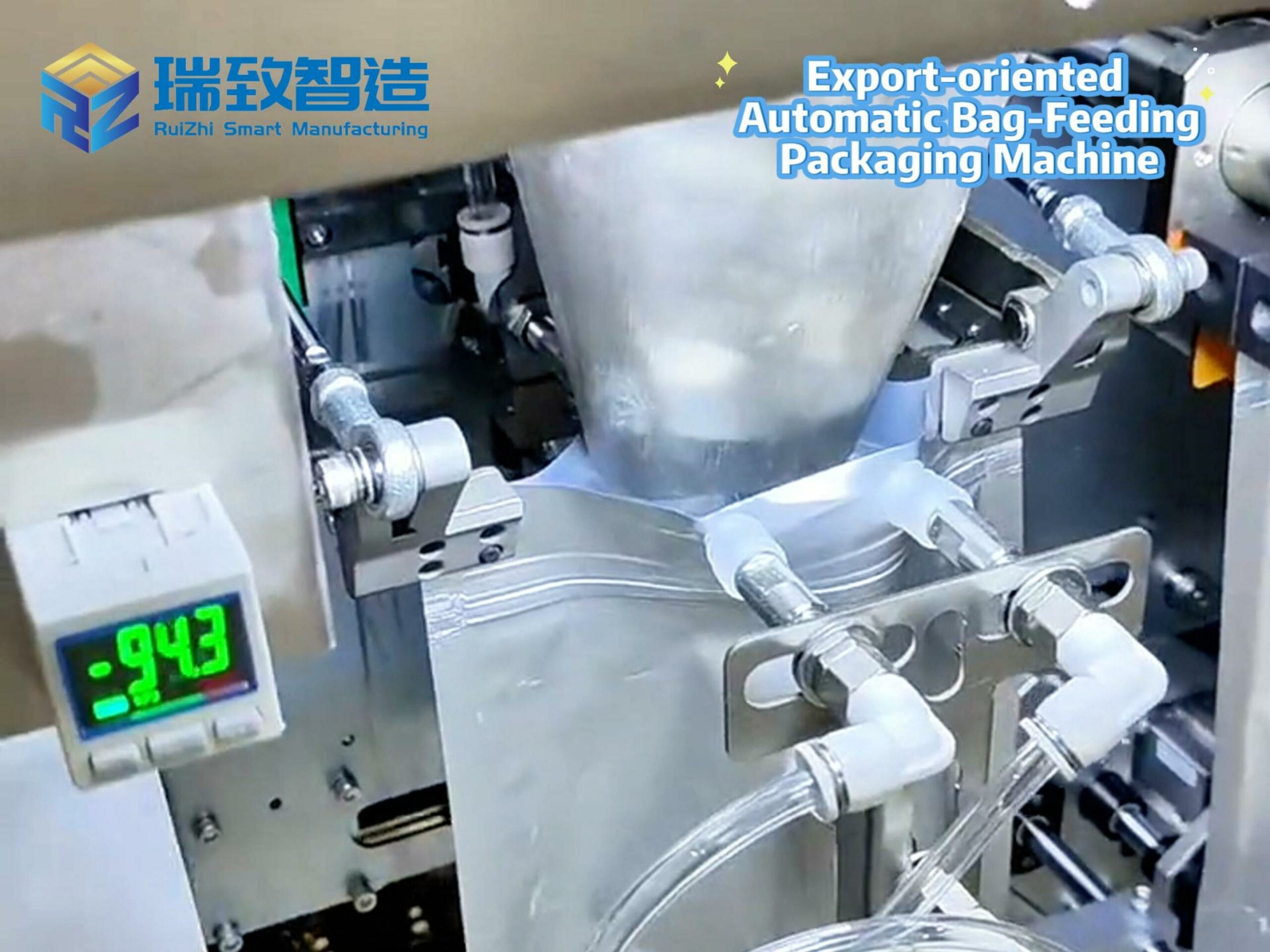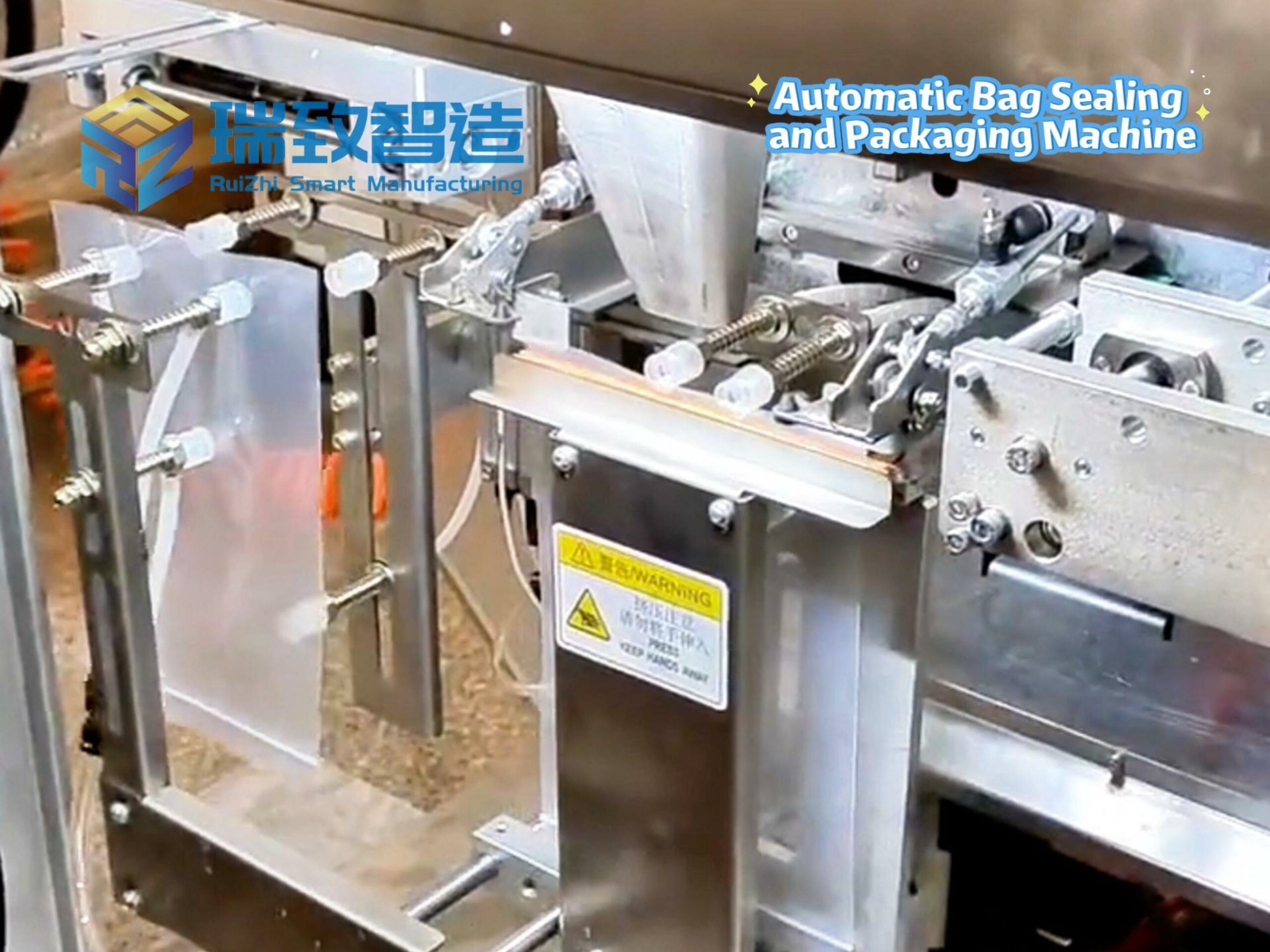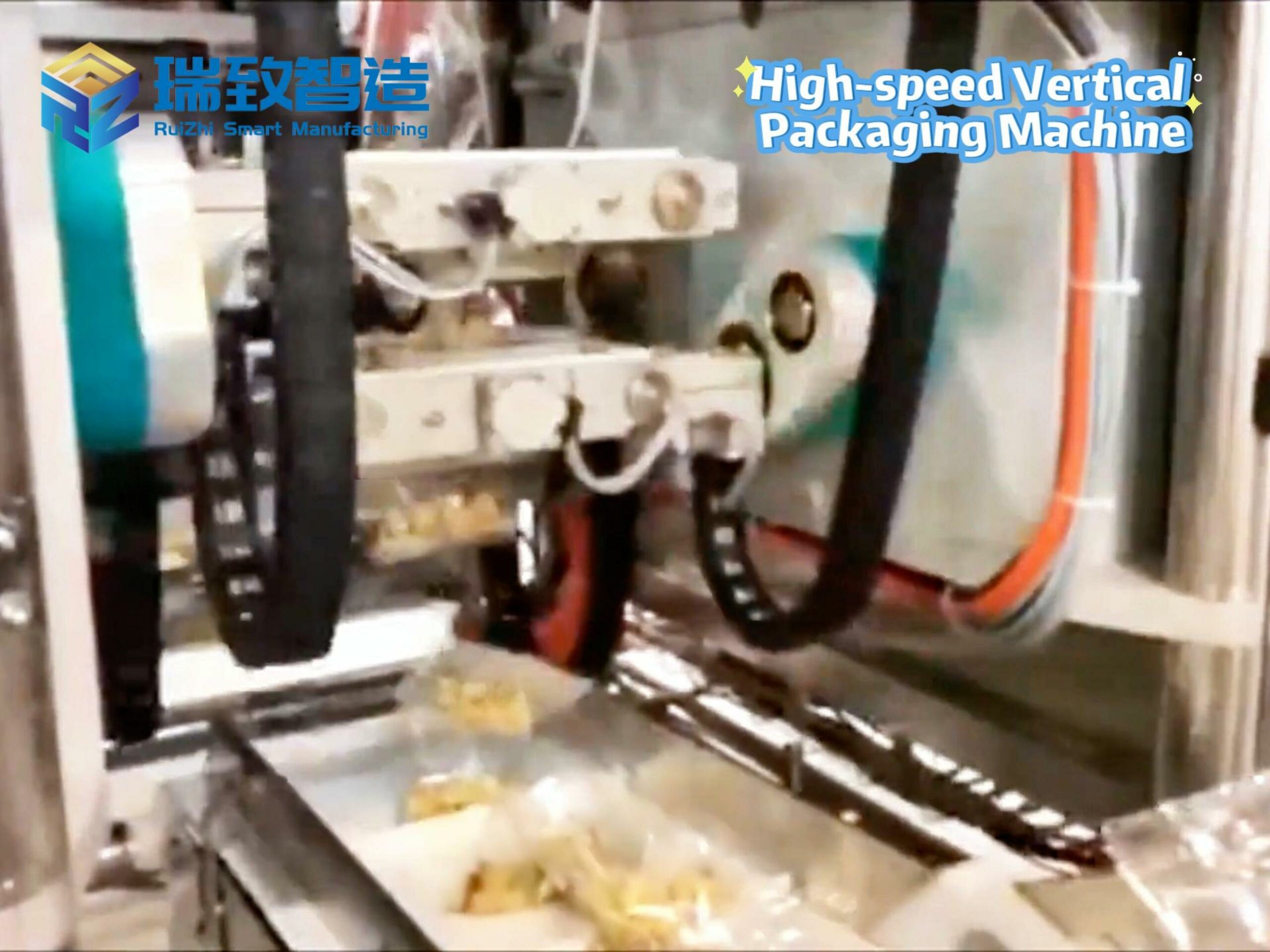
Recently, reporters from Science and Technology Daily attended the biennial 2025 Munich Automation Exhibition, gaining a profound understanding of how automation technology is driving industrial transformation. The integration of artificial intelligence (AI) and robotics technology is accelerating across multiple fields. Several companies showcased new-generation humanoid robots, but based on on-site performances, there is still much work to be done in terms of technology and practical applications for humanoid robots.
Table of Contents
ToggleMaking Automation Technology Smarter
Automation is the backbone of modern production and an engine for innovation. Demonstrations by numerous exhibitors showed that machines are increasingly taking on tasks once considered too complex. For example, Intrinsic, a subsidiary of Google, has integrated AI into the computer numerical control (CNC) machine tool market. The machine tool management solutions launched by relevant manufacturers can detect raw materials using AI-based sensing technology and automate part picking and placing processes through automated motion and grasping planning functions. Machine operators can manage processes, switch operations, and import parts via a simple interface without the need for custom fixtures or robot programming.
Machine vision is widely used in industrial quality control and process control. Over 130 exhibitors at the exhibition specialized in machine vision and image processing. The organizers held more than 40 demonstrations on robot vision, AI vision, and vision components and solutions. For vision providers, offering 2D, 3D, line-scan, and area-scan camera technologies along with suitable components is becoming increasingly important. 3D visual perception sensors are emerging as key supports for 新一代 smart hardware to achieve spatial perception and generalized operations.
AI and digitalization are continuously expanding the boundaries of traditional automation. For instance, automation solutions help save resources and reduce emissions. Intelligent systems that flexibly control processes and optimize energy consumption in real time are no longer a distant prospect. In the new health technology field, advancements such as laboratory automation, medical technology support, and optimization of healthcare logistics processes demonstrate the diversity and social relevance of this theme.
Making Robots Easier to Operate
Although AI-based robotics technology is not yet widely used, AI has made robots simpler and more flexible to use. Many manufacturers have integrated generative AI into robot programming, enabling more accessible automation solutions through intuitive voice control, for example. Starting with collaborative robots, an increasing number of robots on the market can be used without specialized knowledge.
KUKA, a supplier of intelligent automation solutions, aims to fundamentally redefine robot control and has launched the scalable and flexibly adjustable robot operating system iiQKA.OS2. This software and controller platform combines artificial intelligence with vision systems, making robots more flexible without complex programming. KUKA has also collaborated with Microsoft to develop an AI chatbot that can convert natural language commands into program code. Additionally, KUKA hopes to pave a relatively economical path for digital production in small and medium-sized enterprises through its new cloud platform.
Yaskawa Electric, a Japanese robotics manufacturer, demonstrated the concept of “dynamic safety zones.” Robots can operate without protective fences while ensuring safety and high productivity. Only when people actually approach the work area does the software dynamically adjust the robot’s movement, reducing speed or stopping operation.
Enabling Humanoid Robots to Learn from Each Other
At the exhibition, German startup NEURA Robotics 高调 released its humanoid robot 4NE1 Gen 3. According to reports, this robot stands nearly 1.8 meters tall, can lift weights of up to 100 kilograms, features advanced AI technology and 360-degree 全方位 perception capabilities, and can collaborate safely with humans without safety cages. The robot is scheduled to go on the market later this year, with NEURA ambitiously aiming to deliver 5 million units by 2030.
Meanwhile, with support from Vodafone, SAP, and NVIDIA, NEURA launched an open software platform. It not only connects robots but also enables the development, distribution, and deployment of robot applications through an app store-like model. In this open robotics ecosystem, robots can share experiences learned from practical use cases. Developers envision a scenario where robots can learn capabilities from each other—what one robot can do, others can follow. Participants can contribute and sell their own modules and applications.
Humanoid robots could provide new impetus for manufacturing automation. As technology advances, these robots will become increasingly attractive to manufacturing companies. German automakers are already actively exploring this field: BMW is testing technology from U.S. humanoid robot company Figure at its Spartanburg plant in California, while Mercedes-Benz is using Apollo humanoid robots from U.S. supplier Apptronik at its Digital Production Innovation Center in Berlin. However, to date, there are still many challenges related to the practical application of this relatively new technology in real-world settings.
Chinese Companies Exploring the German Market
At the exhibition, Chinese robotics manufacturers such as Estun, KUKA, and Siasun showcased their products and technologies on a large scale. Staff from Estun told Science and Technology Daily that Estun’s robots are already used in battery assembly at CATL’s factory in Erfurt, Germany. Through vertically integrated supply chains and highly automated operations, Estun can provide robots in a very cost-effective manner.
China has been the world’s largest robotics market since 2014. In recent years, half of the robots sold globally have been installed in China. Over half of the listed companies in the humanoid robot supply chain are from China. German startups also source components such as robotic arms and joints with built-in force sensors from China. This indicates that China has become a major global player in robotics and AI, with the potential to play a significant role in shaping the future of intelligent robotics.
However, German media believe that Chinese robotics manufacturers still have a long way to go to enter the German and European markets. Chinese manufacturers need to learn and understand local standards, address user concerns about the reliability of local services, and navigate strict AI regulations in Germany and Europe. For humanoid robots, many issues remain unresolved, and there are significant reservations about data security.

